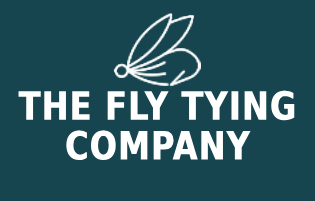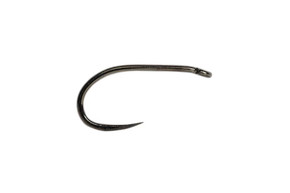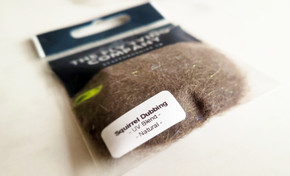Origin and History
The Fantail is a traditional wet fly pattern originating in the UK, designed for stillwaters and reservoirs where fish often feed just beneath the surface. Its distinctive tail and slim body create a lifelike profile that imitates small emerging insects or drowned terrestrials. Over time, the Fantail has earned a reputation as a versatile attractor fly that works in a variety of conditions.
Materials
- Hook: Wet fly hook, sizes 10–14
- Thread: Black or brown, 8/0
- Tail: Golden pheasant tippet fibres
- Body: Peacock herl or hare’s ear dubbing
- Rib: Fine gold wire
- Hackle: Brown or furnace hen hackle
Popular Variations
- Pearl ribbing instead of gold wire for added flash
- Red game hackle for extra contrast
- Fluorescent thread hotspot behind the hackle
- Black thread with natural pheasant tail body
- UV dubbing blended into the thorax
Step-by-Step Tying Guide
- Secure the hook in the vice and attach your thread behind the eye, winding down to the bend.
- Tie in a small bunch of golden pheasant tippet fibres for the tail, about half the length of the hook shank.
- Tie in a length of fine gold wire along the shank for ribbing.
- Dub a slim body of peacock herl or hare’s ear dubbing up towards the thorax.
- Counter-wrap the gold wire rib in evenly spaced turns to reinforce the body.
- Select a soft hen hackle and tie it in at the front, making 2–3 turns before securing.
- Build a neat thread head, whip finish, and add a drop of varnish for durability.
Seasonality & Representation
The Fantail is effective from spring through autumn, particularly during hatches of small mayflies, caddis, or buzzers. It can also be fished as a general attractor when trout are feeding sub-surface but not locked onto a specific insect.
Tackle and Setup
- Rod: 9–10ft, 5–7wt
- Line: Floating or intermediate, depending on fish depth
- Leader: 9–12ft tapered, fluorocarbon preferred for clear waters
- Setup: Fish singly or as part of a team of wet flies
Summary Table
| Aspect | Details |
|---|---|
| Origin | UK stillwater tradition |
| Best Seasons | Spring to Autumn |
| Represents | Emerging mayflies, buzzers, drowned terrestrials |
| Hook Sizes | 10–14 |
| Tackle Setup | 9–10ft rod, floating/intermediate line, 9–12ft leader |












